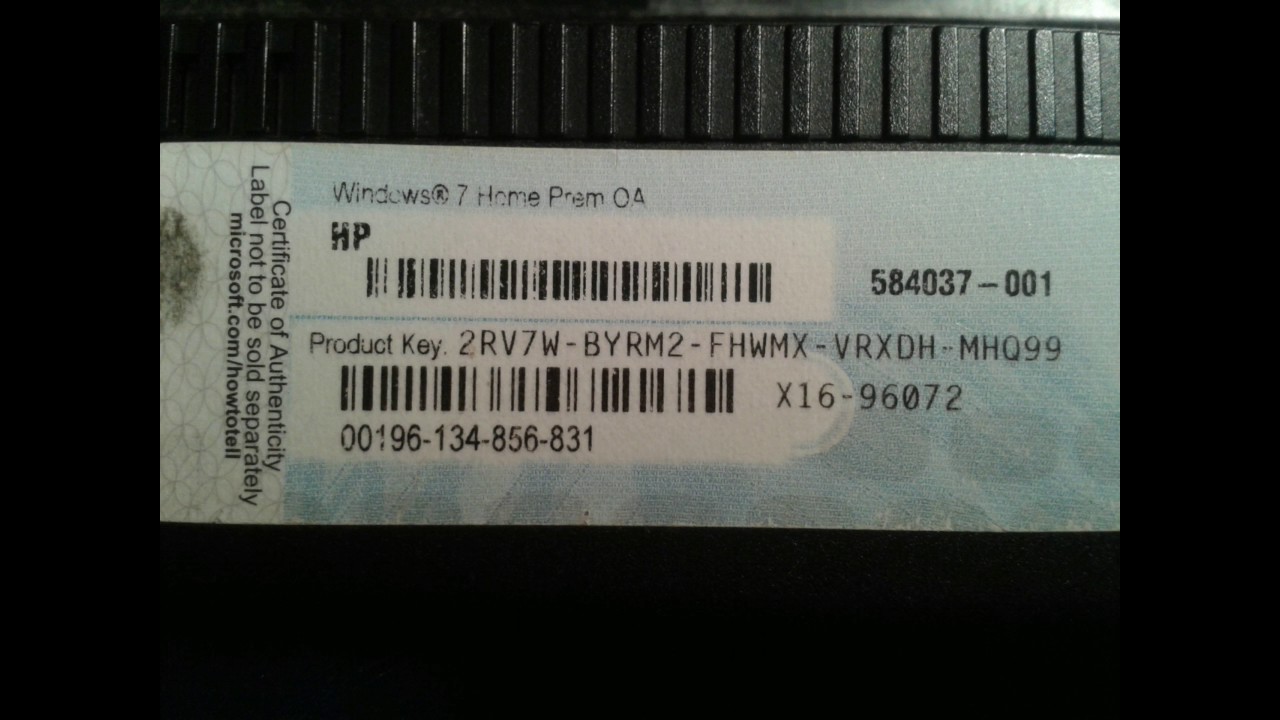
But paging through these updates and looking for obscure knowledgebase (KB) numbers is mind-numbing. If you mosey over to the Windows Update panel in Windows 7 (click start and type “Windows Update”), you should be able to get a list of installed updates by clicking the “View Update History” link in the left side menu. Microsoft doesn’t exactly make it easy for you to figure out which hotfixes you have installed. For example, Microsoft says that systems with hotfixes ( 2406705, 979350 or 983534) will block the installation of the service pack and may experience problems as a result. If you decide to go forward with this Service Pack, there are several important considerations, particularly if your system has certain hotfixes installed (hotfixes are small patches designed to address specific - not necessarily security - issues). Otherwise, I would urge Windows 7 users who are up-to-date to ignore this offering, at least for now.


In that case, Service Pack 1 would streamline the process quite a bit. My take? I’d say that the main benefit of this service pack for Windows 7 users would be if you were considering re-installing the operating system for some reason. If you are staying up-to-date in security patches, you are not going to gain much by installing this service pack, which contains a few uber-geeky feature improvements that are mostly a bonus for users of Windows Server 2008 R2 - not Windows 7. If you’re thinking about installing this update, read on for a few caveats and tips that may change your mind.įirst off, this service pack is mainly a bundle of previously-released security updates.

Microsoft is now offering Windows 7 users “Service Pack 1,” a bundle of security updates and minor feature improvements.


 0 kommentar(er)
0 kommentar(er)
